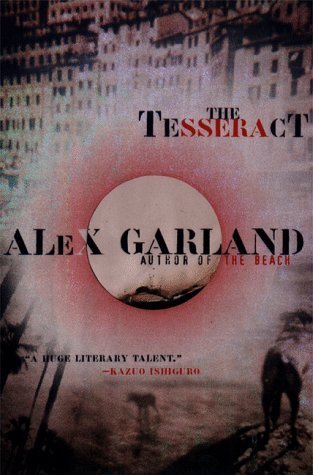What do you think?
Rate this book


273 pages, Hardcover
Published January 25, 1999
title drop: Take six cubes and arrange them into the shape of a crucifix. Take two more cubes and stick them on either side of the crucifix, at the point where the cross is made. Now you have a tesseract. A tesseract is a three-dimensional object. A tesseract is also a four-dimensional object—a hypercube—unraveled.